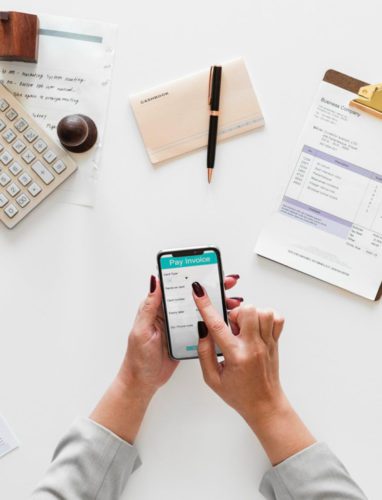
The number of Americans who have developed and apply a budget is alarmingly low.
One poll puts the number at 32%.[i] That equates to tens of millions of Americans who don’t have a budget. Yikes!
You don’t have to be a statistic. Here are some quick tips to get you started on your own budget so you can help safeguard your financial future.
Know Your Balance Sheet
Companies maintain and review their “balance sheets” regularly. Balance sheets show assets, liabilities, and equity. Business owners probably wouldn’t be able run their companies successfully for very long without knowing this information and tracking it over time.
You also have a balance sheet, whether you realize it or not. Assets are the things you have, like a car, house, or cash. Liabilities are your debts, like auto loans or outstanding bills you need to pay. Equity is how much of your assets are technically really yours. For example, if you live in a $100,000 house but carry $35,000 on the mortgage, your equity is 65% of the house, or $65,000. 65% of the house is yours and 35% is still owned by the bank.
Pro tip: Why is this important to know? If you’re making a decision to move to a new house, you need to know how much money will be left over from the sale for the new place. Make sure to speak with a representative of your mortgage company and your realtor to get an idea of how much you might have to put towards the new house from the sale of the old one.
Break Everything Down
To become efficient at managing your cash flow, start by breaking your spending down into categories. The level of granularity and detail you want to track is up to you. (Note: If you’re just starting out budgeting, don’t get too caught up in the details. For example, for the “Food” category of your budget, you might want to only concern yourself with your total expense for food, not how much you’re spending on macaroni and cheese vs. spaghetti.)
If you typically spend $400 a month on food, that’s important to know. As you get more comfortable with budgeting and watching your dollars, it’s even better to know that half of that $400 is being spent at coffee shops and restaurants. This information may help you eliminate unnecessary expenditures in the next step.
What you spend your money on is ultimately your decision, but lacking knowledge about where it’s spent may lead to murky expectations. Sure, it’s just $10 at the sandwich shop today, but if you spend that 5 days a week on the regular, that expenditure may fade into background noise. You might not realize all those hoagies are the equivalent of your health insurance premium. Try this: Instead of spending $10 on your regular meal, ask yourself if you can find an acceptable alternative for less by switching restaurants.
Once you have a good idea of what you’re spending each month, you’ll need to know exactly how much you make (after taxes) to set realistic goals. This would be your net income, not gross income, since you will pay taxes.
Set Realistic Goals and Readjust
Now that you know what your balance sheet looks like and what your cash flow situation is, you can set realistic goals with your budget. Rank your expenses in order of necessity. At the top of the list would be essential expenses – like rent, utilities, food, and transit. You might not have much control over the rent or your car payment right now, but consider preparing food at home to help save money.
Look for ways you can cut back on utilities, like turning the temperature down a few degrees in the winter or up a few degrees in the summer. You may be able to save on electricity if you run appliances at night or in the morning, rather than later in the afternoon when usage tends to be the highest.[ii]
After the essentials would come items like clothes, office supplies, gifts, entertainment, vacation, etc. Rank these in order of importance to you. Consider shopping for clothes at a consignment shop, or checking out a dollar store for bargains on school or office supplies.
Ideally, at the end of the month you should be coming out with money leftover that can be put into an emergency fund (your goal here is at least $1,000), and then you can start adding money to your savings.
If you find your budget is too restrictive in one area, you can allocate more to it. (But you’ll need to reduce the money flowing in to other areas in the process to keep your bottom line the same.) Ranking expenses will help you determine where you can siphon off money.
Commit To It
Now that you have a realistic budget that contains your essentials, your non-essentials, and your savings goals, stick to it! Building a budget is a process. It may take some time to get the hang of it, but you’ll thank yourself in the long run.
[i] https://www.debt.com/edu/personal-finance-statistics/
[ii] https://news.energysage.com/whats-the-cheapest-time-of-day-to-use-electricity-with-time-of-use-rates/
